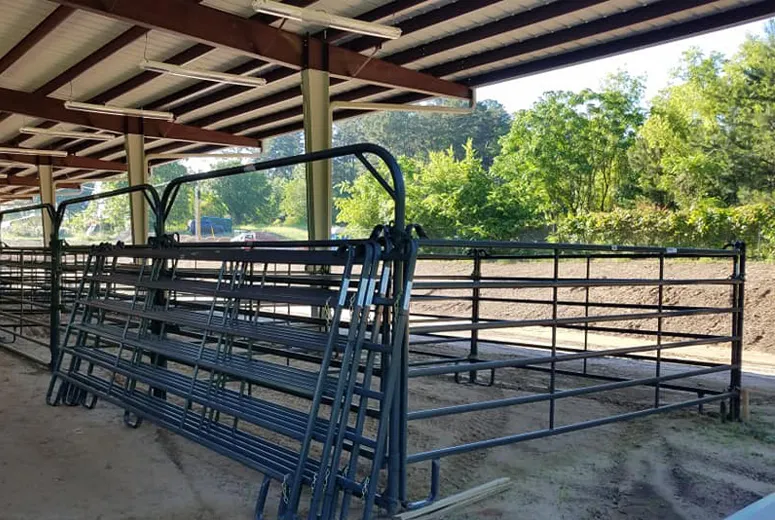- Afrikaans
- Albanian
- Amharic
- Arabic
- Armenian
- Azerbaijani
- Basque
- Belarusian
- Bengali
- Bosnian
- Bulgarian
- Catalan
- Cebuano
- Corsican
- Croatian
- Czech
- Danish
- Dutch
- English
- Esperanto
- Estonian
- Finnish
- French
- Frisian
- Galician
- Georgian
- German
- Greek
- Gujarati
- Haitian Creole
- hausa
- hawaiian
- Hebrew
- Hindi
- Miao
- Hungarian
- Icelandic
- igbo
- Indonesian
- irish
- Italian
- Japanese
- Javanese
- Kannada
- kazakh
- Khmer
- Rwandese
- Korean
- Kurdish
- Kyrgyz
- Lao
- Latin
- Latvian
- Lithuanian
- Luxembourgish
- Macedonian
- Malgashi
- Malay
- Malayalam
- Maltese
- Maori
- Marathi
- Mongolian
- Myanmar
- Nepali
- Norwegian
- Norwegian
- Occitan
- Pashto
- Persian
- Polish
- Portuguese
- Punjabi
- Romanian
- Russian
- Samoan
- Scottish Gaelic
- Serbian
- Sesotho
- Shona
- Sindhi
- Sinhala
- Slovak
- Slovenian
- Somali
- Spanish
- Sundanese
- Swahili
- Swedish
- Tagalog
- Tajik
- Tamil
- Tatar
- Telugu
- Thai
- Turkish
- Turkmen
- Ukrainian
- Urdu
- Uighur
- Uzbek
- Vietnamese
- Welsh
- Bantu
- Yiddish
- Yoruba
- Zulu
Dec . 11, 2024 11:03 Back to list
The Rise of Steel Structure Residential Buildings
In recent years, the construction industry has witnessed a significant shift towards the use of steel structures in residential buildings. This trend is not merely a passing fad; it reflects a broader movement toward innovative, sustainable, and efficient housing solutions. Steel’s unique properties offer numerous advantages that make it an ideal choice for residential construction.
Strength and Durability
One of the most compelling reasons for the growing popularity of steel in residential buildings is its remarkable strength and durability. Steel structures can withstand extreme weather conditions such as hurricanes, earthquakes, and heavy snow loads. Unlike traditional wood framing, steel does not warp, shrink, or swell with changes in moisture levels, ensuring that the integrity of the building is maintained over time. This resilience translates into lower maintenance costs and a longer lifespan for residential properties.
Speed of Construction
Another notable advantage of using steel in residential construction is the speed at which steel structures can be erected. Steel components can be prefabricated in a factory, allowing for precise manufacturing and quicker assembly on-site. This expedited process not only reduces construction timelines but also minimizes labor costs. Homebuyers can move into their new homes sooner, which is particularly appealing in fast-growing urban areas where housing demand is high.
Design Flexibility
Steel structures offer unparalleled design flexibility. Architects and builders can create innovative and complex designs that would be difficult, if not impossible, to achieve with traditional construction materials. The inherent strength of steel allows for larger open spaces and the incorporation of unique architectural features without the need for additional support. This flexibility enables homeowners to personalize their living spaces, enhancing aesthetics and functionality.
Eco-Friendly Construction
steel structure residential building

Sustainability is increasingly at the forefront of public consciousness, and steel construction aligns with these values. Steel is a highly recyclable material, with an estimated 90% of steel products made from recycled materials. The production of steel has also become more energy-efficient, reducing its carbon footprint. Building with steel can contribute to green building certification, such as LEED (Leadership in Energy and Environmental Design), providing not only environmental benefits but also potential financial incentives for homeowners.
Cost-Effectiveness
Initially, the cost of steel may seem higher than that of traditional materials like wood or concrete. However, when considering the long-term benefits, steel structures can prove to be more cost-effective. Reduced maintenance costs, lower insurance premiums due to enhanced safety, and energy-efficient designs all contribute to the overall financial appeal. Additionally, the longevity of steel means that homeowners are less likely to incur significant repair expenses over the life of the building.
Enhanced Energy Efficiency
Steel's thermal properties can be optimized to create highly energy-efficient homes. By using insulated steel panels and integrating advanced insulation techniques, builders can reduce energy consumption significantly, leading to lower utility bills for homeowners. Energy-efficient homes are not only more affordable to maintain but also feature smaller carbon footprints, aligning with the growing demand for green living spaces.
Challenges and Considerations
Despite its advantages, the use of steel in residential construction is not without challenges. The initial investment can be higher, and some builders may lack adequate experience with steel framing techniques. Additionally, concerns about thermal conductivity and condensation must be addressed to ensure a comfortable living environment. However, advancements in materials and building technologies are continually mitigating these issues.
Conclusion
The shift toward steel structure residential buildings represents a paradigm change in the construction industry. With their strength, durability, design flexibility, sustainability, and cost-effectiveness, steel buildings are well-suited to meet the demands of modern homeowners. As we continue to face global challenges such as climate change and urbanization, steel construction offers a viable solution that promotes innovative, safe, and eco-friendly housing options. The future of residential architecture is undoubtedly bright, with steel at its core.
-
How Do Prefabricated Steel Structures Transform Modern Construction?
NewsJul.14,2025
-
How Do Prefabricated Metal Buildings Redefine Modern Construction?
NewsJul.14,2025
-
How Do Prefab Insulated Metal Buildings and Steel Structures Revolutionize Modern Construction?
NewsJul.14,2025
-
How Do Pre - Engineered Steel Structures Redefine Modern Construction?
NewsJul.14,2025
-
Advancing Modular Construction with Prefabricated Metal Structures
NewsJul.14,2025
-
Advancing Industrial Infrastructure with Prefabricated Steel Solutions
NewsJul.14,2025
Products categories
Our Latest News
We have a professional design team and an excellent production and construction team.












